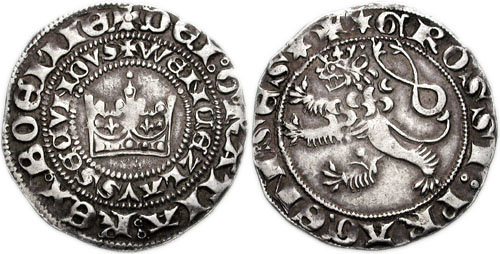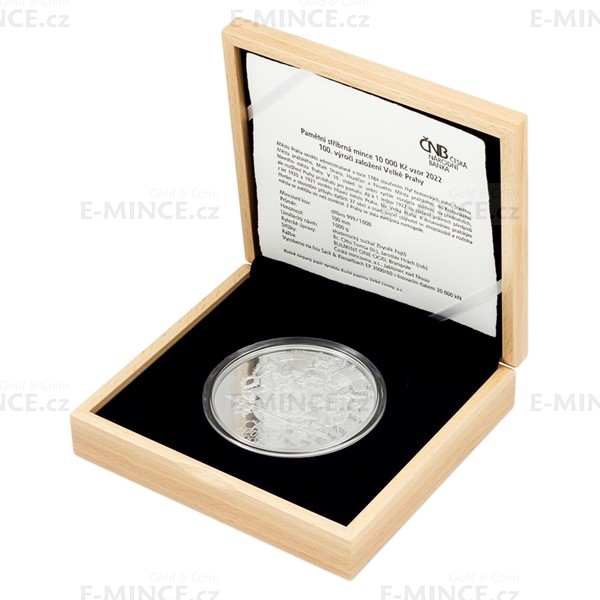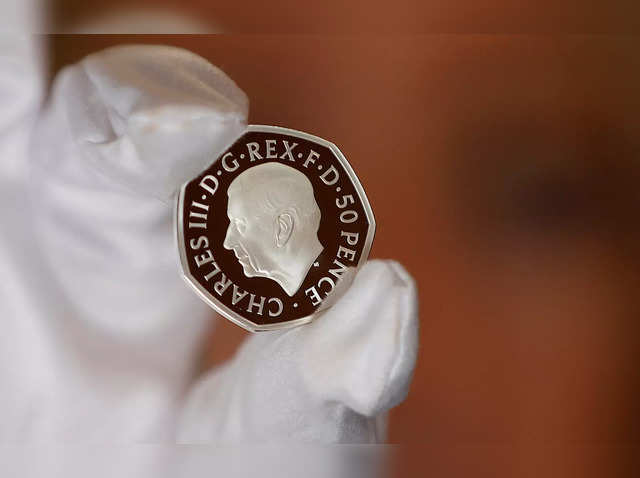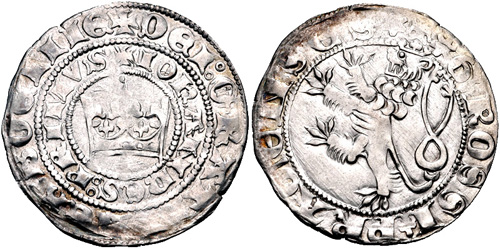New Ideas To Coating Czechoslovakia Medals
Wiki Article
How Do Artists Create Gold Coins And Medals?
Artists employ various techniques to create sketches and designs for gold coins or medals, adapting traditional methods or utilizing digital tools for visualizationHand-Drawn Sketches
Sketches in pencil or penA lot of artists begin by sketching on paper with pens or pencils. These sketches are used to visualize the style of the coin, or the design of the medal.
Detailed rendering. The artist improves their initial sketches. They include more details and contours to the sketch, aswell making adjustments to the composition. This stage could involve multiple versions.
Inking and Tracing. Once the pencil sketch is finished and the artist is happy with it, they can trace or trace or. This will give a sharper outline. In this step typically, the artist will draw the sketch on a blank sheet or tracing sheets.
Create depth and shade - Artists employ shading techniques in order to give the design more depth or realism, or emphasize certain aspects of the coin's or medal's design.
Digital Design Creation
Graphic Design Software. Artists adept at digital design utilize Adobe Illustrator and Photoshop, as well as specialized modeling programs. Digital tools are used to ensure precision, scale and manipulation in order to create the coin design or medal.
Vector Graphics. Digital designs are typically created in vector format, which permits the design to be scaled without losing their quality. This permits the design's scaling to fit different coin sizes.
3D Modeling 3D Modeling - 3D Modeling - 3D modeler is used by advanced artists to render their design for a coin or a metal in three dimensions. This provides more realistic representation and an improved comprehension of how the design will appear in the final product.
Visualization and RenderingArtists are able to simulate the look of a completed medal or coin by applying various textures, finishes or other effects. They are also able to visualize the design in various light conditions or on different surfaces.
Hand-drawn as well as digital design methods require great focus on detail artistic talent, as well as an knowledge of the technical limitations and requirements for the production of coins or medals. The artist can choose the method which best fits their skills or client's demands, or aesthetic preferences. Have a look at the top drawing Prague Mint gold medals more advice. including gold dollar, gold and coin near me, purchasing silver bars, 50 pesos gold coin, st gaudens double eagle, 24k gold coin, buy gold silver, 50 dollar gold coin, st gaudens gold coin, five dollar gold piece and more.

Why Does Vacuum Hardening Get Used On Dies To Create Gold Coins Or Medals?
In order to harden dies to make gold coins or medals, they are exposed to temperature control in a vacuum oven. Here's a quick overview of how to vacuum harden dies.
The dies used for striking medals or coins are created by ensuring they are clean and free from any residues or contaminants.
Loading into vacuum Furnace
The dies are placed inside a vacuum furnace, which is a specially designed chamber for heat treatment that is capable of creating an atmosphere of vacuum.
Evacuation of Air-
The vacuum furnace filters the air inside the chamber, creating an environment controlled by vacuum that is free of oxygen and other gasses. This stops oxidation, and ensures uniform heat treatment.
Heating Phase
The furnace is then heated to the temperature desired for hardening dies. The temperature depends on both the material that is used and the method by which it will be cured.
Drinking at high temperatures
Die dies need to be kept at a high temperature for a specific period of time in order for the material to attain and maintain its desired level of hardness.
Cooling or Quenching
The dies are then quenched or rapidly cooled after soaking. This process of rapid cooling helps lock in the desired strength and hardness of the metal.
Tempering (Optional).
In some instances it is performed after the hardening stage. In order to improve durability and ease the internal strain, dies may be reheated at temperatures lower.
Quality Control and Inspection
Dies with hardened material must undergo rigorous quality control and inspections to ensure they achieve the desired toughness, hardness, or tolerances.
Post-Treatment Handling-
Die dies are then subjected to further processing, such as polishing or coating prior to being used to create the strike of the coin or medal.
The process of vacuum hardening improves the strength, durability, wear resistance and lifetime of the dies that are used for making gold coins or gold medals. In ensuring a safe and contaminant-free environment, this process provides an exact and reliable method to harden the dies. Have a look at the top rated vacuum hardening Czechoslovakia gold coins blog info including cost of gold coins, 2000 gold dollar, gold american eagle price, ngc grading, gold price jm bullion, american buffalo coin, old silver dollars, gold and silver dealers near me, 1975 gold penny, gold dollar coin and more.

What Is The Reason To Polish Dies By Hand For A Flawless Gold Medal Or Gold Coin?
It is important to hand-polish dies to create an even and smooth surface. Smooth surfaces allow complex details to be better recreated on the medals and coins.
Better quality of medals or coins- A polished dash ensures that the coins or medals are clean edges, clear edges as well as relief. This improves the quality and aesthetic appeal of the final product.
Reduced Wear & Tear- Polishing is a great way to reduce friction and wear during the process of striking. The smoothness of the die reduces the chances of any defects or irregularities on the medals struck or coins caused by rough surfaces.
Consistency in Striking. Hand-polished dies create an identical striking surface, which ensures uniformity throughout the process of minting. Consistency in design is essential to maintaining accuracy in depth, size, or overall quality on a variety of coin and medals.
Longevity of the Dies- Well-polished dies are less susceptible to damage or wear in the striking process. Dies made of these are robust and last longer and can strike more coins without sacrificing quality.
Precision and Accuracy Hand polishing enables engravings to refine and fine tune specific parts of the die. This ensures that details are reproduced accurately on the made coins or medals. This improves the accuracy in the finished product.
Quality Control- Polishing is an integral part of the quality control process. The inspection of the die when hand polishing can be a method to find and fix any flaws or imperfections prior to the process of striking.
Surface Finish - Polishing adds an unique surface texture or finish to coins and medals and increases their appeal.
Overall, meticulous hand polishing of dies for gold coins and medals is an essential step in making sure that you get high-quality accurate, detailed, and aesthetically pleasing created products. It contributes significantly to the appearance of the final product, consistency, and durability. Read the best hand polishing Prague Mint gold coins site examples. including 1 10 gold eagle, gold penny, american eagle gold coin price, 2000 olympic, gold eagle price, gold sovereign, 2000 p sacagawea dollar, gold coin store near me, 2000 gold dollar, golden and silver and more.

How Are Gold Blanks Fed Into Coin Presses Under High Pressure?
When minting, gold blanks must be placed in coin presses and stamped at high pressure to become finished coins or awards. This article will provide an outline of the steps involved Loading Blanks-
Gold blanks, previously checked and cleaned for quality they are loaded into a feeder system, which is connected to the coin press. The feeder system ensures an ongoing supply of blanks to the coin press.
Feeding Blanks into the Press
The feeder system guides each blank into the striking zone of the coin presses. This allows for precise placement of each blank for stamping.
Alignment and Positioning
The blanks inside the press chamber are positioned, aligned, and oriented perfectly for the stamping.
Strumping in High Pressure
Coin presses the gold blanks with high pressure using two dies, one stationary and the other moving. The stationary die is the negative impression of the coin's design, and the one that moves is the hammer that strikes the blank.
The moving die strikes the blank with a significant force, and transfers the design to the surface of the blank. The force exerted by dies creates the design, creating the relief that is raised as well as details on the coin or medal.
Repeated Striking
To produce a more sharp image or more defined design, multiple strikes are often used on higher-quality coins and medals, especially proof editions. Each strike improves the finer details on the outside of the coin.
Collection and Ejection
Following the press's operation, freshly-minted medals or coins are ejected from the press onto trays or containers. The designs that are stamped are checked for quality control to ensure that they meet the standards and standards.
Post-Processing-
Minted medals or coins may undergo additional processing, such as edge lettering edge reeding, or even post-strike treatment based on the design requirements or mint specifications.
The process of stamping under high pressure is essential because it imparts the desired design to the gold blanks, turning them into pieces of gold ready for circulation, collection, or commemoration. The process is extremely precise as any changes in pressure or alignment could alter the overall quality of the piece. Read the top minting Prague Mint gold coins blog tips. including old coins, buying silver, 24k gold coin, gold coin dealers near me, chinese coins, coin 1, silver eagle coins, buy gold bullion, order gold coins, gold buffalo coin and more.
